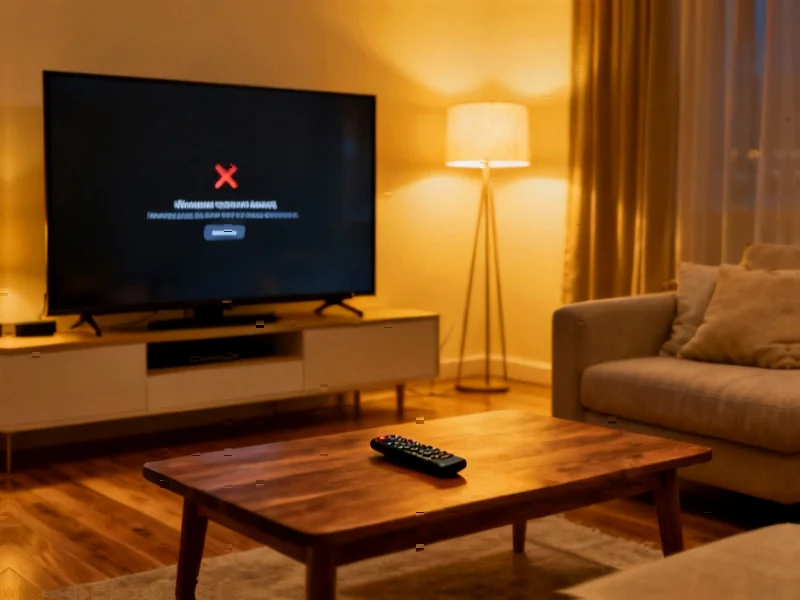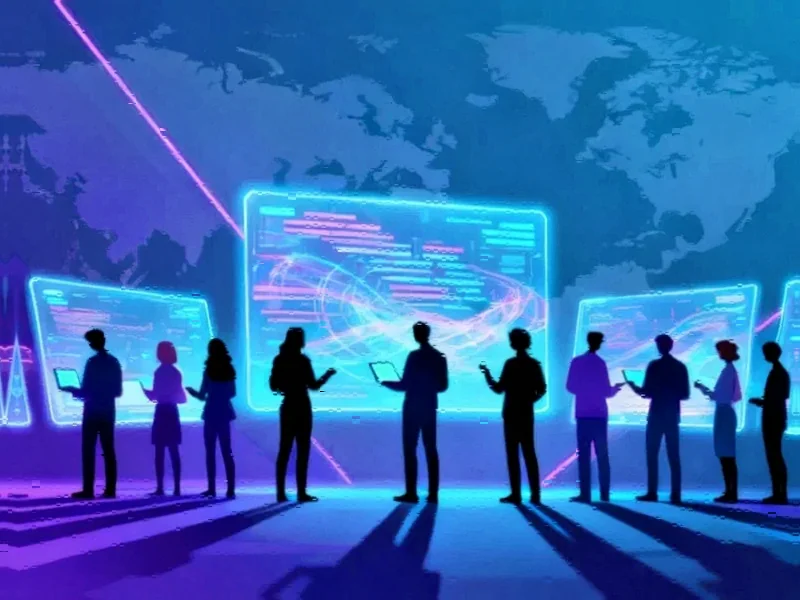According to PCWorld, Google and Disney failed to reach a new carriage agreement, resulting in Disney-owned channels including ABC and ESPN being removed from YouTube TV shortly before midnight Eastern time as the previous contract expired. The dispute escalated when Disney accused Google of using “market dominance to eliminate competition” by seeking better terms than traditional cable providers, while YouTube representatives countered that any deal would benefit Disney’s competing services like Hulu + Live TV and Fubo. The timing is particularly problematic during peak sports season with NFL, NBA, and NHL games underway, and YouTube TV is offering affected customers a $20 credit if the disruption continues “for an extended period of time.” This carriage dispute follows similar conflicts YouTube TV has had with NBC, Paramount/CBS, and Fox within the past year, revealing ongoing tensions in the streaming landscape.
Table of Contents
The Inevitable Cable-ization of Streaming
What we’re witnessing is the natural maturation cycle of streaming services repeating the exact same patterns that made traditional cable television so frustrating for consumers. YouTube TV and other live TV streaming services positioned themselves as cable alternatives, but they’re now trapped in the same carriage fee negotiations that have plagued satellite and cable television providers for decades. The fundamental business model remains unchanged: content aggregators pay rights holders for access to channels, and when those agreements expire, consumers become bargaining chips. The only difference is that streaming services can disable access instantly rather than sending a technician to disconnect physical equipment.
Disney’s Calculated Power Play
Disney’s aggressive stance in these negotiations reflects their evolving streaming strategy. With Disney operating Hulu + Live TV and developing standalone ESPN streaming products, they have less incentive to offer favorable terms to competing aggregators. This isn’t just about carriage fees—it’s about controlling the customer relationship and steering viewers toward Disney’s owned-and-operated platforms. The timing during peak sports season is strategic, applying maximum pressure on YouTube TV when subscriber churn risk is highest. Disney understands that sports content remains the last bastion of must-watch live television, giving them extraordinary leverage in these negotiations.
The Real Cost to Consumers
While the $20 credit might seem like reasonable compensation, it fundamentally misunderstands why people subscribe to services like YouTube TV. Sports fans aren’t missing random content—they’re missing time-sensitive events that can’t be recovered. A Monday Night Football game or live championship event has zero replay value for most viewers. More importantly, this disruption creates permanent trust issues with streaming services. Consumers who cut the cord expected to escape exactly these types of blackouts, and discovering that streaming has the same vulnerabilities undermines the value proposition of these services. The psychological impact of realizing you’re paying $83 monthly for potentially unstable access could drive long-term subscriber behavior changes.
Google’s Strategic Bind
Google faces a difficult calculation in these negotiations. As YouTube TV’s monthly price approaches traditional cable levels, they risk alienating the price-sensitive customers who initially embraced streaming. Yet accepting Disney’s terms could force another price increase that accelerates subscriber erosion. Google’s broader ecosystem strategy complicates matters further—they need to balance YouTube TV’s profitability against maintaining positive relationships with content partners across their various platforms. The $20 credit offer suggests they’re preparing for a prolonged standoff, but the real question is whether they’re willing to permanently lose Disney content if negotiations completely break down.
Broader Market Implications
This dispute signals a troubling trend for the streaming industry’s future. As content owners increasingly launch their own direct-to-consumer services, they have incentive to make carriage agreements less attractive to third-party aggregators. We’re likely to see more fragmentation, not less, with consumers needing multiple subscriptions to access the same content that was previously available through single services. The eventual outcome might be a return to bundled services that look suspiciously like the cable packages consumers fled—just delivered over internet connections rather than coaxial cables. The streaming revolution appears to be coming full circle, with consumers once again caught between content owners and distribution platforms.



